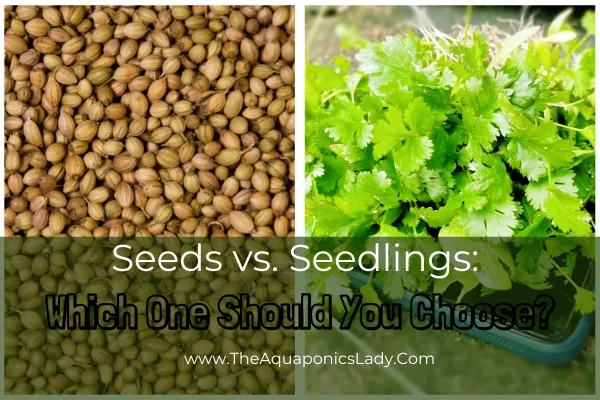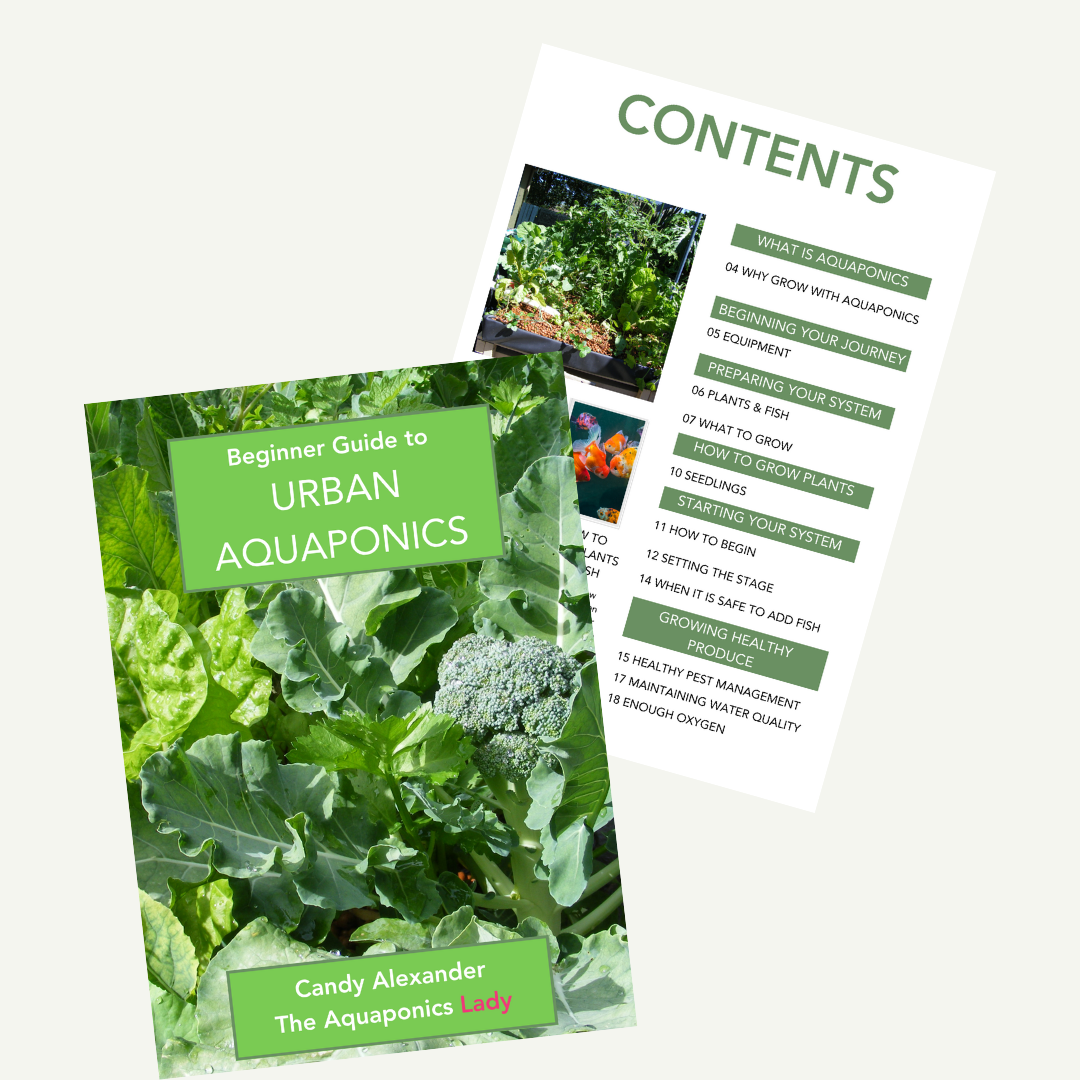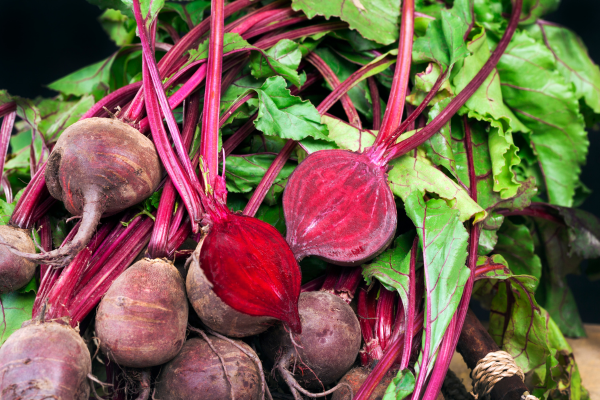
Seeds vs. Seedlings: Which One Should You Choose?
Seeds vs. Seedlings: Which One Should You Choose?
It’s time to start planning and preparing our summer veggie garden, and one question I always get asked by beginner gardeners is whether to start their veggies from seeds or seedlings.
Today, I’ll help you decide which option is best for you!
There are many factors to consider when making this decision, and really, there’s no right or wrong answer!
I usually recommend beginner gardeners start with seedlings to gain confidence in their first year. It’s easier to care for a more mature plant than to manage the delicate process of germinating seeds.
This allows new gardeners to focus on raising plants without feeling overwhelmed.
However, there are important considerations to keep in mind. Below, I’ve outlined the key factors that will help you decide whether to start with seeds or seedlings.
Seeds or Seedlings? Key Considerations
1. How Many Plants Do You Need?
Some vegetables, like zucchini, cucumber, eggplant, and capsicum, grow large and produce multiple fruits per plant. Since you only need a few of these, it may be easier to buy seedlings.
Herbs like basil, parsley, and thyme are also best purchased as seedlings since you typically only need one or two plants.
Leafy greens like lettuce, kale, and bok choy grow quickly, and you may need a larger quantity. Buying a packet of seeds can be more economical.
Root vegetables like carrots, beetroot, onions, and radishes only produce one edible root per plant, making them ideal for starting from seed.

Get your free copy of the Urban Aquaponics eBook that helps you identify if aquaponics is for you, and some basic information to help you get started on your journey
Get inspired to start your journey, today.
Get your Free copy HERE
2. Timing: How Far Into the Season Are You?
Seeds often need to be started indoors or in a greenhouse months before the season begins.
If you’re planting late in the season, it’s better to buy seedlings to ensure your plants have enough time to mature.
3. Can the Plants Transplant Easily?
Root vegetables like carrots and radishes don’t transplant well. Sowing them directly from seed prevents deformed or damaged produce.
While some root crops like beetroot can be transplanted carefully, carrots should always be direct-seeded.
4. Variety Availability
Nurseries typically have a wider range of plant varieties in the seed section compared to the seedling section. If you want to grow rare or unique varieties, starting from seed may be your best option.
5. Do You Have Seed-Raising Space and Materials?
Starting seeds indoors requires trays, seed-raising mix, and a warm, well-lit environment.
If your garden is still full of winter crops, you may prefer to buy seedlings rather than waiting for seeds to germinate.
6. Temperature and Germination Conditions
Some plants, like capsicum, eggplant, and chilli, need warm temperatures (26-28°C) to germinate. If you don’t have a greenhouse or heat mat, it’s easier to buy these as seedlings.
Other plants, like tomatoes and corn, germinate more easily and can be started from seed without extra heating.

7. Cost Considerations
Seed packets usually contain 100-1000 seeds and are more economical than buying individual seedlings.
However, for plants like capsicum, where you only need a few, buying seedlings may be more cost-effective than purchasing a large packet of seeds.
Root crops like carrots and beetroot, which require frequent sowing, are cheaper to grow from seed than from seedlings.
Want to get your Eyes and Hands on the FREE Online Aquaponics Essentials Course?
This is a great free resource to really understand how aquaponics is a sustainable ecosystem that will grow your organic food is a productive way.
You learn how all the 'parts' make up the 'whole', and helps to give you the foundations of understanding aquaponics.
Sign up HERE
Beginner Gardener’s Guide: What to Start With
Start from Seed:
Root veggies: Carrots, beetroot, radish (due to transplant difficulties and large planting requirements).
Leafy greens: Lettuce, spinach, and kale can be grown from seeds or seedlings.
Beans: Traditionally sown directly in the ground but can be transplanted from seedlings.
Corn: Grows easily from seed, but if you want a quick start, seedlings are an option. Just remember to plant at least 5 for proper pollination.

Start from Seedlings:
Heat-loving plants: Capsicum, eggplant, chilli (germination requires warmth, making them harder for beginners to start from seed).
Large-producing plants: Zucchini, cucumber (since you only need a few plants, seedlings are more convenient).
Herbs: Most herbs like thyme, rosemary, and mint are easier to start from seedlings. However, basil is worth growing from seed if you want multiple plants.
Pumpkin: You only need 1-2 plants, making seedlings a more practical choice.
Strawberries: Typically propagated by runners, so they are best bought as seedlings.
Final Thoughts
For beginner gardeners who want the easiest and most trouble-free start, a combination of both seeds and seedlings is the way to go.
Start easy-to-grow crops from seed, like carrots and lettuce, while relying on seedlings for heat-loving plants and larger crops like zucchini and eggplant.
Whatever method you choose, the most important thing is to enjoy the process and learn from each gardening season. Happy growing!
Learn More About Aquaponics
Check out the COURSES page to learn how you can get started with aquaponics now. Click HERE.
Check out My YouTube Channel 'Candy The Aquaponics Lady'
Aquaponics is an ecosystem, and with anything it takes time to learn how it works. So, sit back and binge watch my 'how to' playlist and the 'Water Quality Made Simple' Playlist, and learn the next steps in your aquaponics system as you create the ecosystem.
Here are the next 2 videos I recommend you watching to create your ecosystem ~ before you add any fish
How Aquaponics Works as an Ecosystem
Why Aquaponics is the best, and most sustainable form of gardening in small spaces
Learn More About Aquaponics
Check out the COURSES page to learn how you can get started with aquaponics now. Click HERE.
Want to get your Eyes and Hands on the FREE Online Aquaponics Essentials Course?
This is a great free resource to really understand how aquaponics is a sustainable ecosystem that will grow your organic food is a productive way.
You learn how all the 'parts' make up the 'whole', and helps to give you the foundations of understanding aquaponics.
Sign up HERE
Want to help out and Feed my Fish?? (They don't drink coffee)

Candy Alexander is a dedicated aquaponics enthusiast with a wealth of formal training in aquaculture. Over the past 15 years, Candy has been deeply immersed in both commercial and backyard aquaponics, honing her skills and expertise in this sustainable farming method.
Candy's passion lies in making aquaponics accessible to everyone. With a mission to simplify aquaponics, she believes that anyone can embark on this sustainable journey.
She encourages those new to aquaponics to "kick the tires" without a significant financial investment. Her guidance focuses on helping people start their aquaponics journey with small-scale systems, ensuring a low barrier to entry for newcomers.
Candy shares practical tips, step-by-step guides, and personal stories to inspire and guide readers on their aquaponics adventure. Whether you're a seasoned farmer or a curious beginner, Candy Alexander is your go-to source for simplifying aquaponics and fostering a sustainable gardening experience.